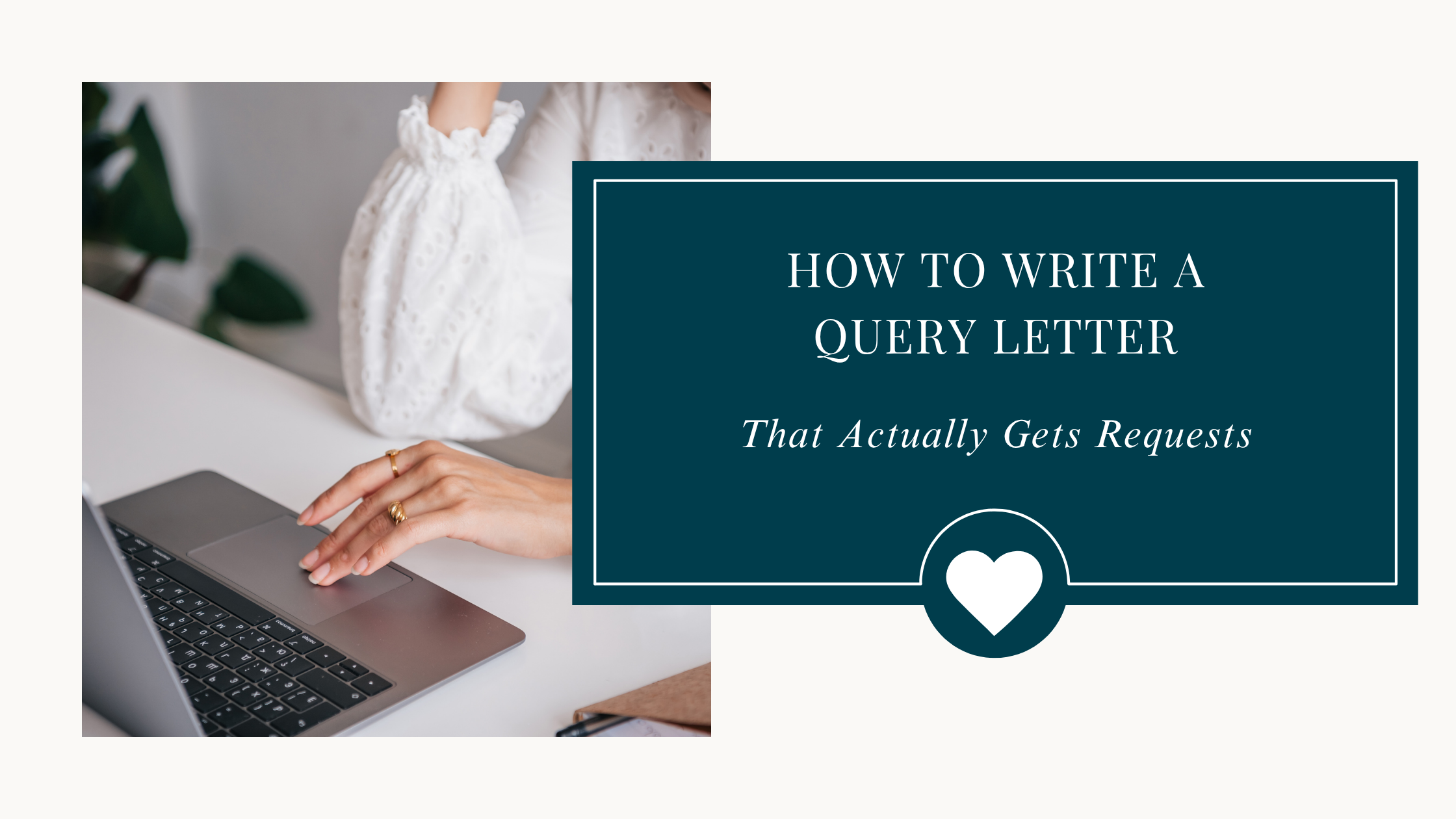How to Write a Query Letter That Actually Gets Requests
You’ve finished your book. You’ve edited, revised, cried into your coffee, and re-edited. Now comes the part that derails even seasoned writers: the query letter.
If you’re new to querying, writing a one-page query letter sounds easy. Afterall, it’s only a page.
However, writing a query letter can often be harder than writing a whole book. Distilling thousands of words into a page is harder than it sounds.
If you’re new to querying, or stuck wondering what to write, how to write it, or whether you’re overselling or underselling your story, this is for you.
Let’s walk through what a query letter actually needs to get agent attention in today’s market.
Want the checklist? Download the free Query Letter Checklist and follow along.
The Query Letter’s Real Job
Your query is not only a summary of your book. It’s also a sales pitch. Your query letter should do three things:
Spark curiosity
Prove you understand your story’s hook, genre, and voice.
Land you partial or full requests.
That’s it.
All three points above are equally important. If your query letter doesn’t spark curiosity, you definitely won’t get agent requests. If you fail to prove you understand your story’s hook, genre, voice, you surely won’t get agent requests.
And finally, if your query letter doesn’t get you agent requests, you most definitely need to revisit your query letter. This is the utmost clear sign that your query letter isn’t doing a good job of selling your book.
Query Letter Structure
Here’s the structure that most agents expect and the one we use in our Plug-and-Play Template inside the Bold Quill Toolkit.
✅ Opening Hook
A short paragraph that includes:
Title + word count
Genre/age category
1-2 comp titles (include authors!)
One-liner that captures the book’s core premise or tone.
Example: The INSIDER ROOM is an 83,000-word standalone psychological thriller about corporate secrets, surveillance, and the breakdown of a woman who may, or may not, be the cause of a colleague’s mysterious death.
✅ Story Paragraphs
This is the meat of the query. In 2-4 tight paragraphs, you should:
Introduce your protagonist
Show what they want
Clarify what’s standing in their way
Reveal the stakes (or choice) they face.
Pro Tip: Stick to your protagonist’s external conflict. Save inner themes and side characters for the synopsis.
✅ Closing Bio
Keep it short and relevant:
List any notable writing experience, awards, or publications
Personalize to the agent if you have a real reason.
What to Leave Out
Avoid these common pitfalls:
Writing a whole paragraph on why you love writing, or how you’ve been weaving tales since you were in the womb.
Asking rhetorical questions (What would YOU do if your sister vanished?)
Using vague or generic phrasing (“things will never be the same”)
Making one of these 3 common query mistakes writers make with their opening lines.
Your Next Step
Before you send anything, give your query a 5-minute gut check:
Is the story’s premise crystal clear?
Don’t have a premise? Get our BOLD premise framework here.
Can you spot the stakes?
Does your voice match the pages?
Do your comps support the genre and tone?
Want a printable version of this checklist? Grab your free Query Letter Checklist.
Free Resource: Query Letter Checklist
If your query is close but still getting rejections, don’t panic. Querying is a long, hard road for most writers. That’s why I created the Bold Quill Query Toolkit, a full suite of templates, real examples, and diagnostic tools to help you go from draft to request.
Explore the Toolkit here or start with the free checklist above.
